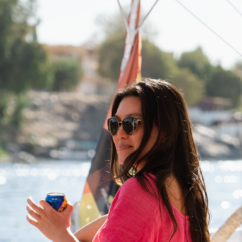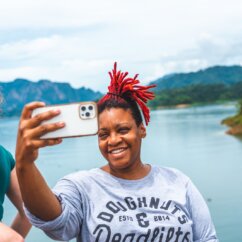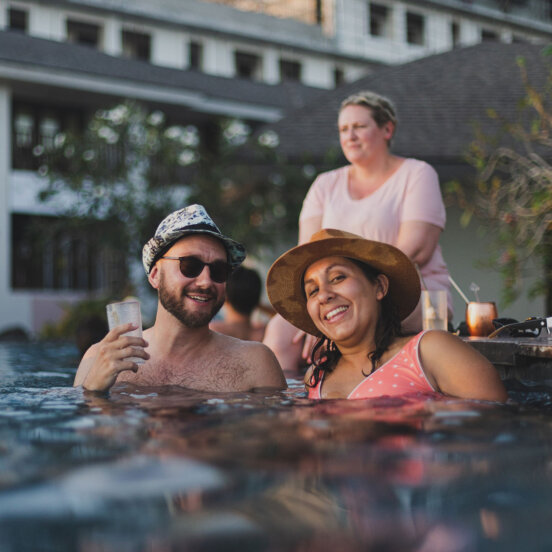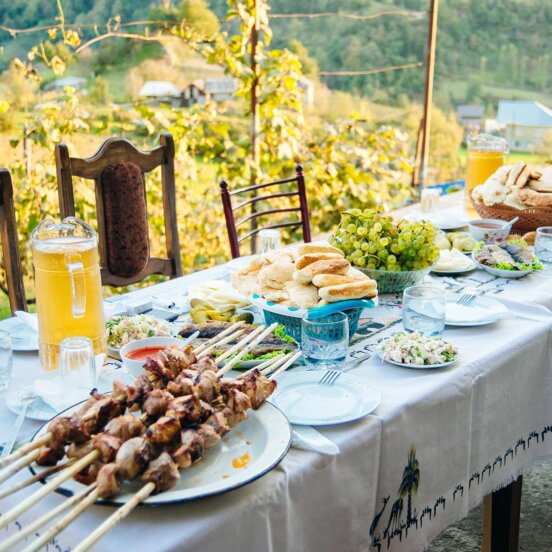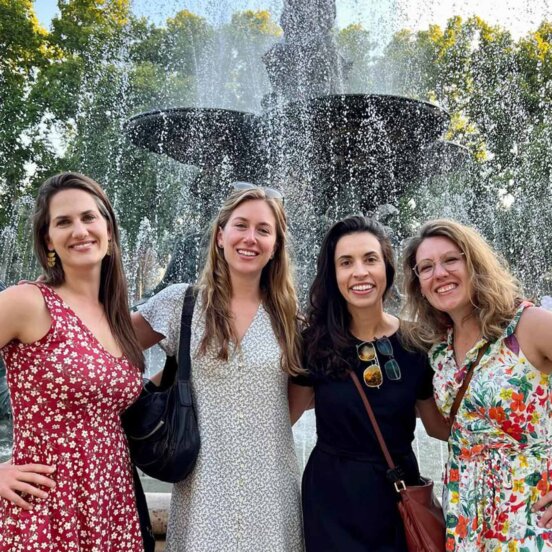The ultimate solo travel guide to Kenya: Everything you need to know
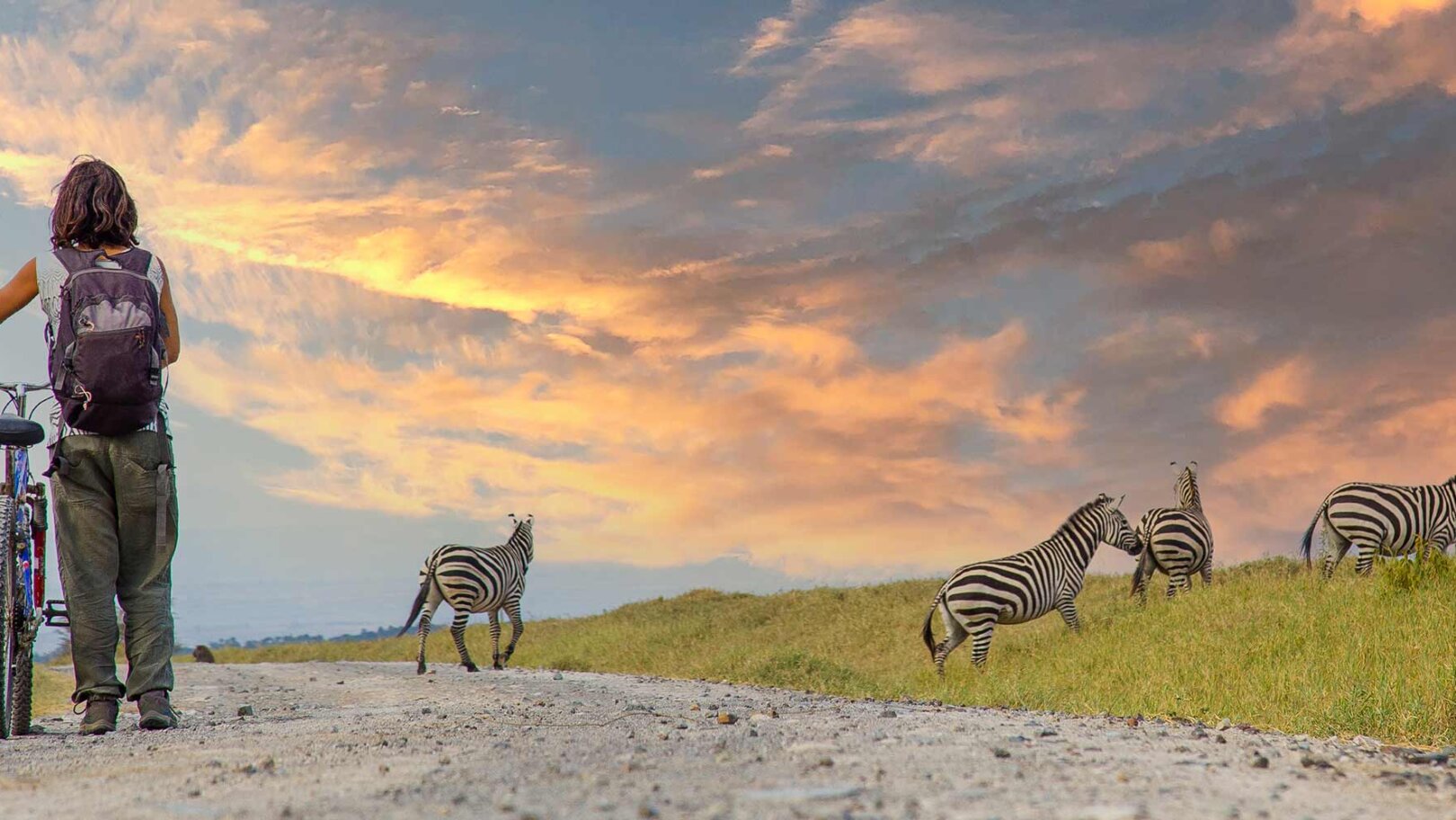
A group solo trip to Kenya means quintessential wild African landscape: lions roaming the savannah among iconic acacia and baobab trees, thousands of migrating wildebeest splashing through vast rivers, mega-flocks of flamingos crowding still lakes.
It’s a land of many attractions – not least the energetic city culture of the capital Nairobi, the temples of historic Mombasa and the tropical fine-sand beaches of the coast. But safari is the heart of this country, and oh, it does it well. From big game to birdwatching, the wildlife of Kenya is pretty much unbeatable, and there are myriad ways for solo travellers to explore it.
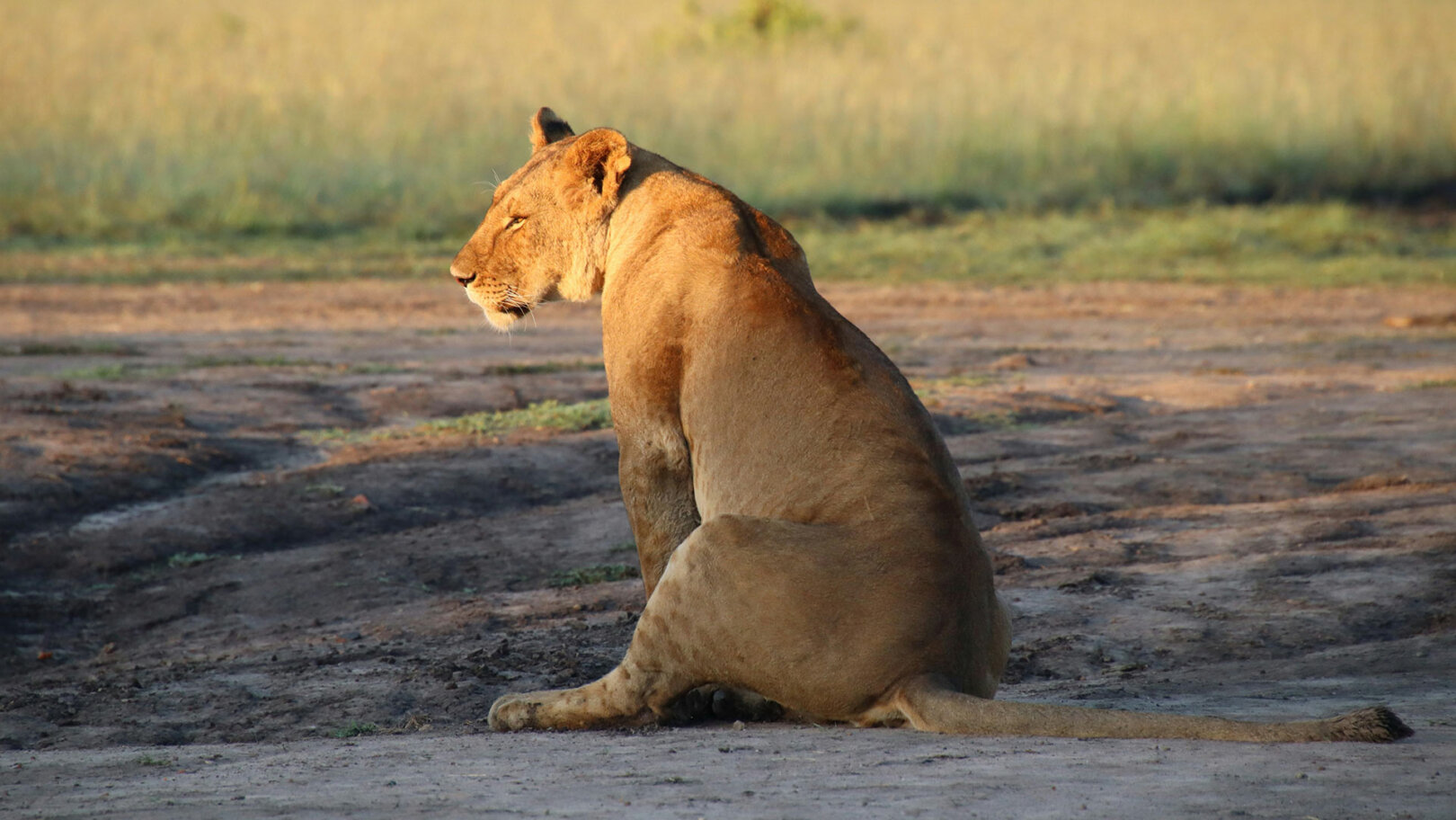
Wander the world-famous Masai Mara and Amboseli national parks by jeep to observe elephants, cheetahs and rhinos, or float luxuriously over the plains in a hot air balloon, Champagne in hand. Visitors can cycle the rugged, volcanic Hell’s Gate National Park spotting giraffes, zebras and buffalo, or birdwatch while ziplining through the beautiful Kereita Forest.
From the boutique tented camps to the traditional Maasai culture, the Kenyan safari experience is a solo traveller’s dream. Below we’ve pulled out everything you need to know about solo travel to Kenya, including where to stay and unmissable sights. Learn more about group solo travel with Flash Pack.
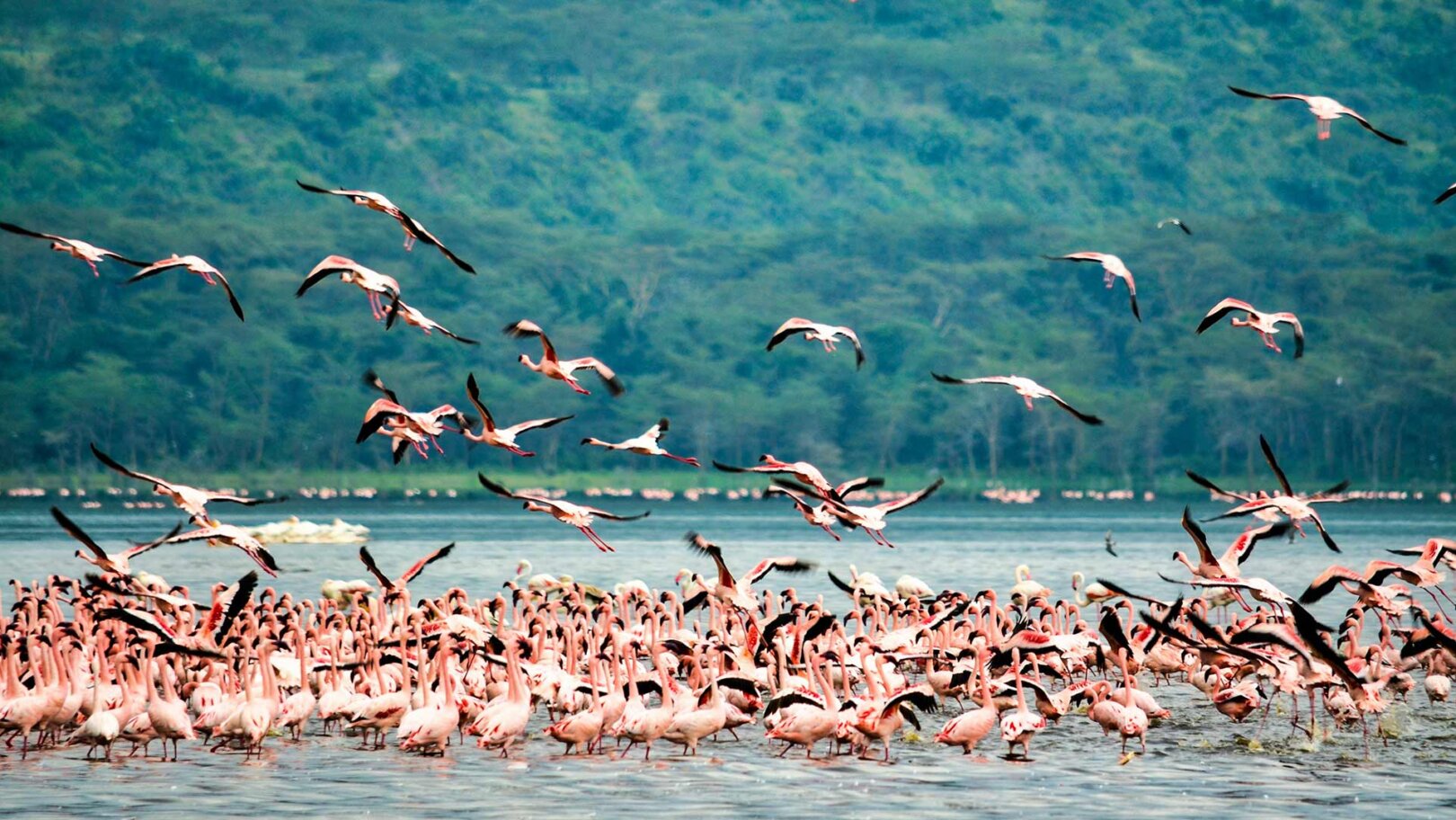
Kenya travel facts
Kenya’s biodiversity is formally protected with more than 50 national parks and reserves over its savannahs, forests, mountains, wetlands and coast. Visitors seek the Big Nine (lion, leopard, rhinoceros, elephant, buffalo, giraffe, cheetah, hippo and zebra), but there are around 400 species of mammals and 1,100 bird species – 450 in the Masai Mara ecosystem alone. Its unfenced border with Tanzania’s vast Serengeti plains allows for the world-renowned spectacle of more than a million wildebeest (plus zebras and gazelles) thundering through on their annual migration. There are seven Unesco World Heritage Sites in Kenya, including the preserved settlements of Lamu Old Town and the Sacred Mijikenda Kaya Forests.
Is Kenya good for solo travel?
There’s plenty for the solo traveller in Kenya, with cities, beaches, mountain treks, high-octane activities and, of course, every type of safari you can think of. Get up close with the natural world in the national parks, observing majestic wildlife via jeep, bicycle, plane or even hot air balloon. Experience the traditions and culture of the nomadic Maasai people or stay alert for a glimpse of Colobus monkeys as you zipline over the valleys, treetops and waterfalls of the Kereita Forest. Group solo travel with Flash Pack skips the legwork with an expertly curated itinerary of Kenya’s many highlights (plus a readymade group of travel companions).
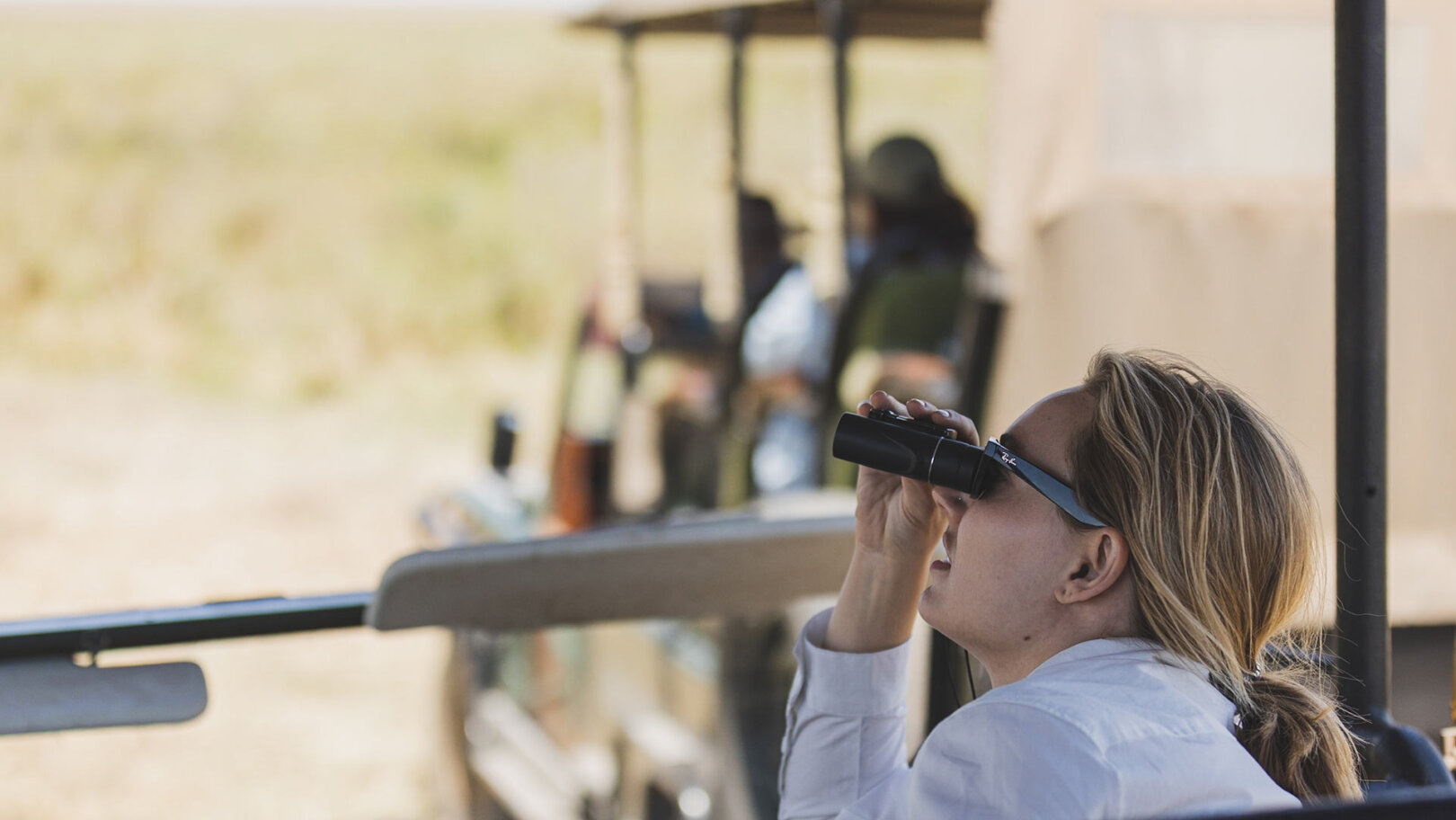
Best places to visit in Kenya
Where should you go on a group solo trip to Kenya? While there are cosmopolitan cities and tropical beach resorts, the country is synonymous with jaw-dropping animal life and filmic landscapes. Flash Pack showcases magnificent Kenya with a boutique safari experience, combining the buzz of capital Nairobi with unforgettable wildlife encounters. Observe the Masai Mara’s star inhabitants, including lions and elephants, by Jeep, and take to two wheels for a cycle tour spotting peaceful giraffes and zebras. Staying in tented camps and lodges, you’ll also explore the beautiful Kereita Forest via a thrilling treetop zipline and enjoy traditional Maasai feasts under the stars.
Where to stay as a solo traveller in Kenya
You’ll be spoilt for choice when it comes to luxury safari accommodation in Kenya, as well as city hotels and beach resorts. Experience the heart of the action in a woodland lodge on the banks of Lake Naivasha, where zebras and bushbuck freely wander the grounds; kick back in the old-school elegance of historic hotels in Kenya’s capital Nairobi, or enjoy boutique tent life in a Masai Mara camp complete with pool, wellness facilities and hot air balloon trips. Flash Pack handles the accommodation, and solo group travel means no pricey single supplements since you can room share with your fellow Flashpackers, often in beautiful, local and original hotels. (although you can pay to have a room to yourself, too, if you prefer).
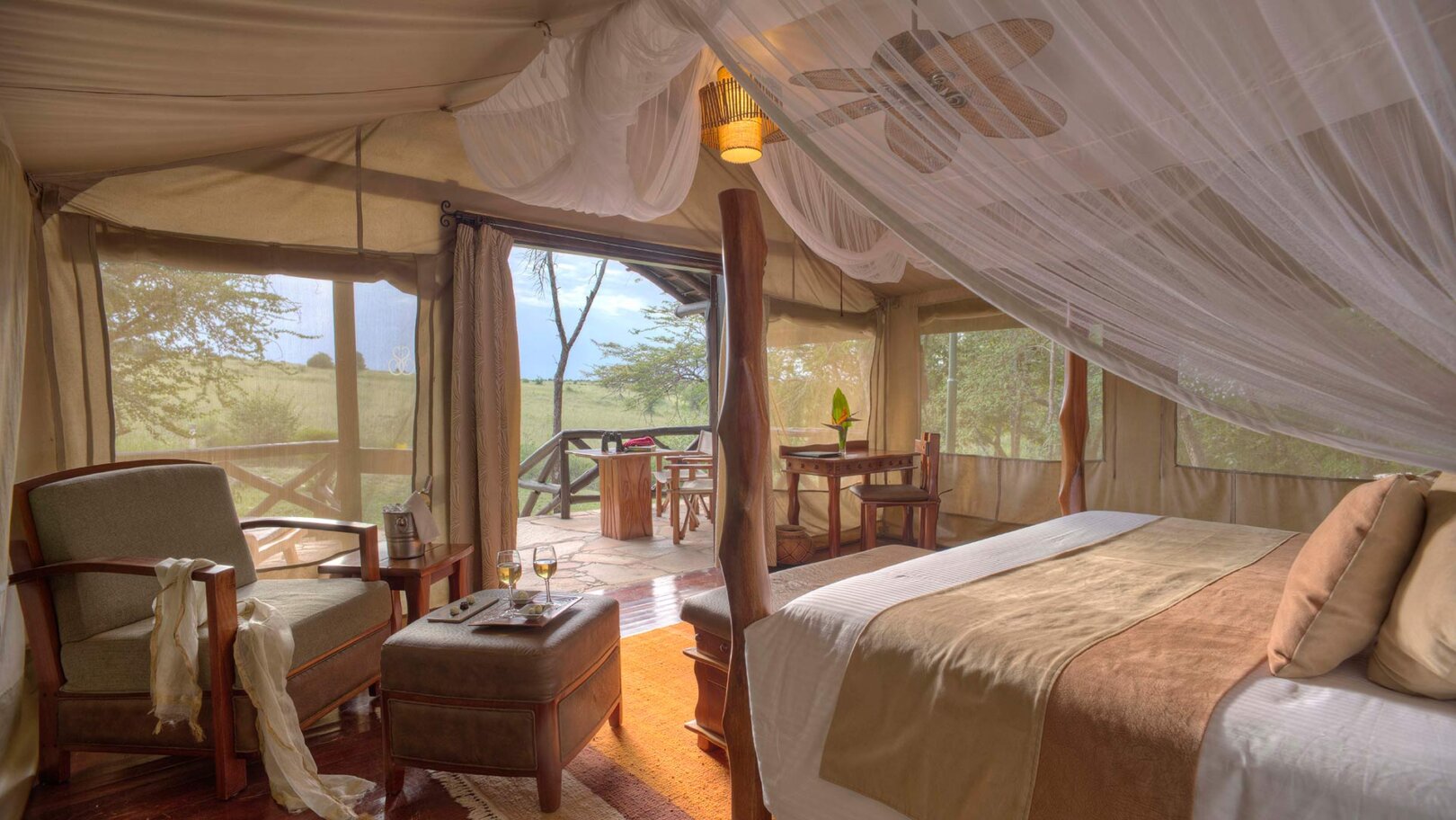
How to get to Kenya
Most scheduled international flights fly into Jomo Kenyatta International Airport (NBO) in Nairobi, while the majority of flights to Mombasa’s Moi International Airport (MBA) are chartered, with the former ideal for safari trips and the latter for coastal beach holidays. There are two main land crossings via Uganda and Tanzania; self-driving is an option, as are private and shared shuttle buses and overland package tours that take in several African countries. To enter Kenya, you must have at least two blank pages in your passport and be travelling a minimum of six months before your passport expires.
How to get around Kenya
Buses cover the country and you can reserve a seat in advance with bigger operators running the larger, more comfortable vehicles. Though there are options for all budgets, safety can be patchy and matatus (minibuses) will generally only set off once full, which could mean a lengthy wait and a crowded journey. The thrice-daily Madaraka Express train between Mombasa and Nairobi takes five to six hours, with bonus wildlife-spotting from your carriage. Hire cars are available, although you’ll need plenty of prep for road conditions, driving culture and safety. Domestic flights link the cities, coastal resorts and national parks, while for urban travel taxi-hailing apps like Uber are popular. Flash Pack organises all in-country travel for you in Kenya, via private transfer. So all you have to do is rock up and let us take care of the rest.
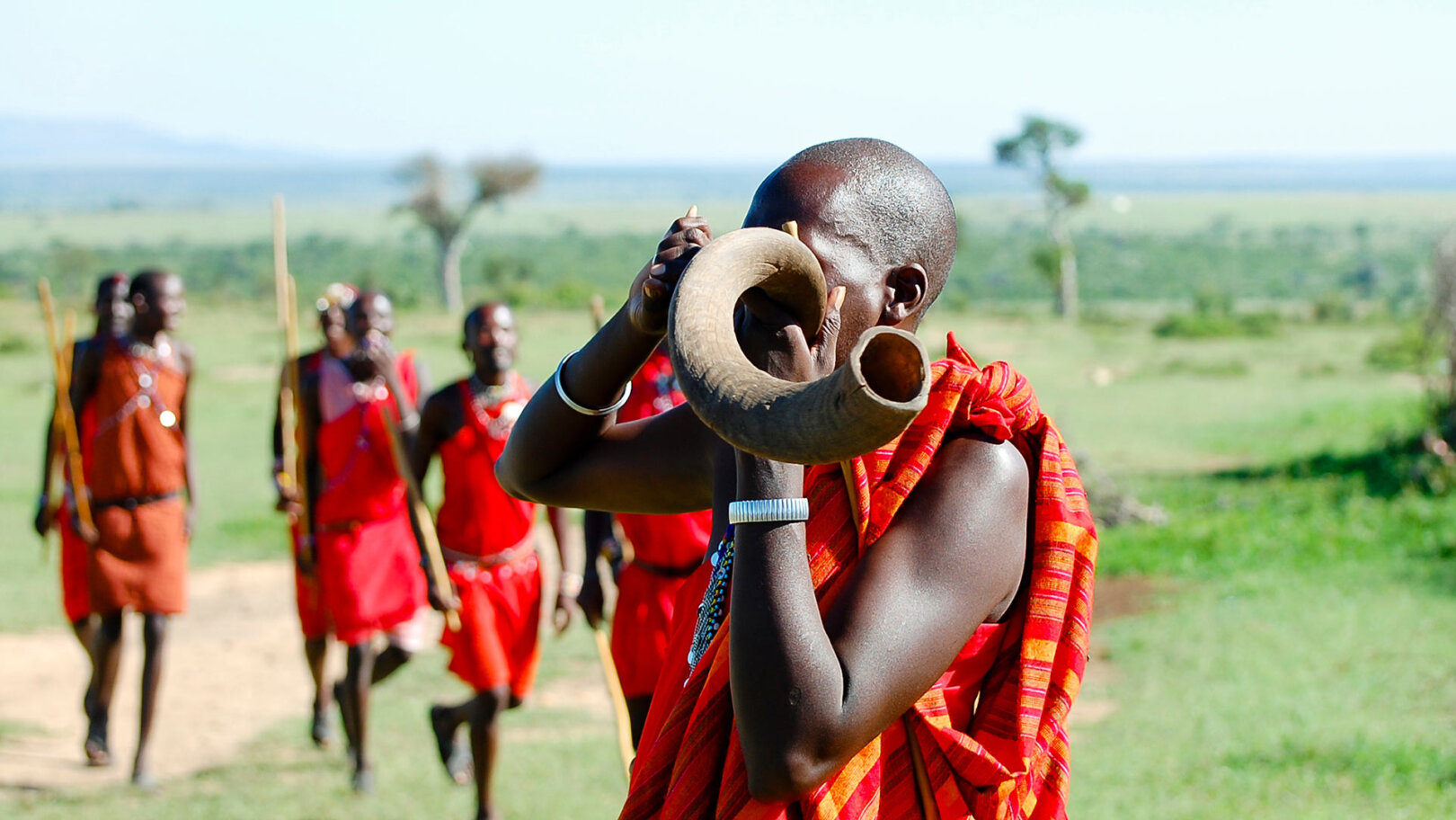
Best time to visit Kenya
Seasons are not particularly extreme on the equator: the average temperature in summer is 31ºC (89ºF) and winter 16ºC (61ºF). Many hope to catch the great wildebeest migration between July and October – timings vary year to year depending on rainfall. There are generally two rainy seasons: long rains from March to mid-June, which can make safari tricky, and short rains in November and December. Some prefer this end-of-year rainy season, as it’s quieter, greener and brings the chance of spotting newborn animals and migratory birds, while dry season boasts pleasant temperatures and often better wildlife spotting as animals cluster around waterholes.
Kenya travel itineraries
If you’re gonna safari, Kenya is where and Flash Pack is how: our seven-day trip begins with a taste of bustling Nairobi before the African wilderness beckons. Think boutique camps, dynamic safari drives spotting the Big Five in Masai Mara National Reserve and cycling (yes, cycling) amid the country’s exciting wildlife. Add in soaring through the pristine Kereita Forest on East Africa’s longest zipline, lantern-lit Maasai bush feasts and the chance to observe the savannah’s incredible animals from a hot air balloon, and your solo travel adventure in Kenya is beautifully simple – big game, epic landscapes and a touch of Flash Pack finesse.
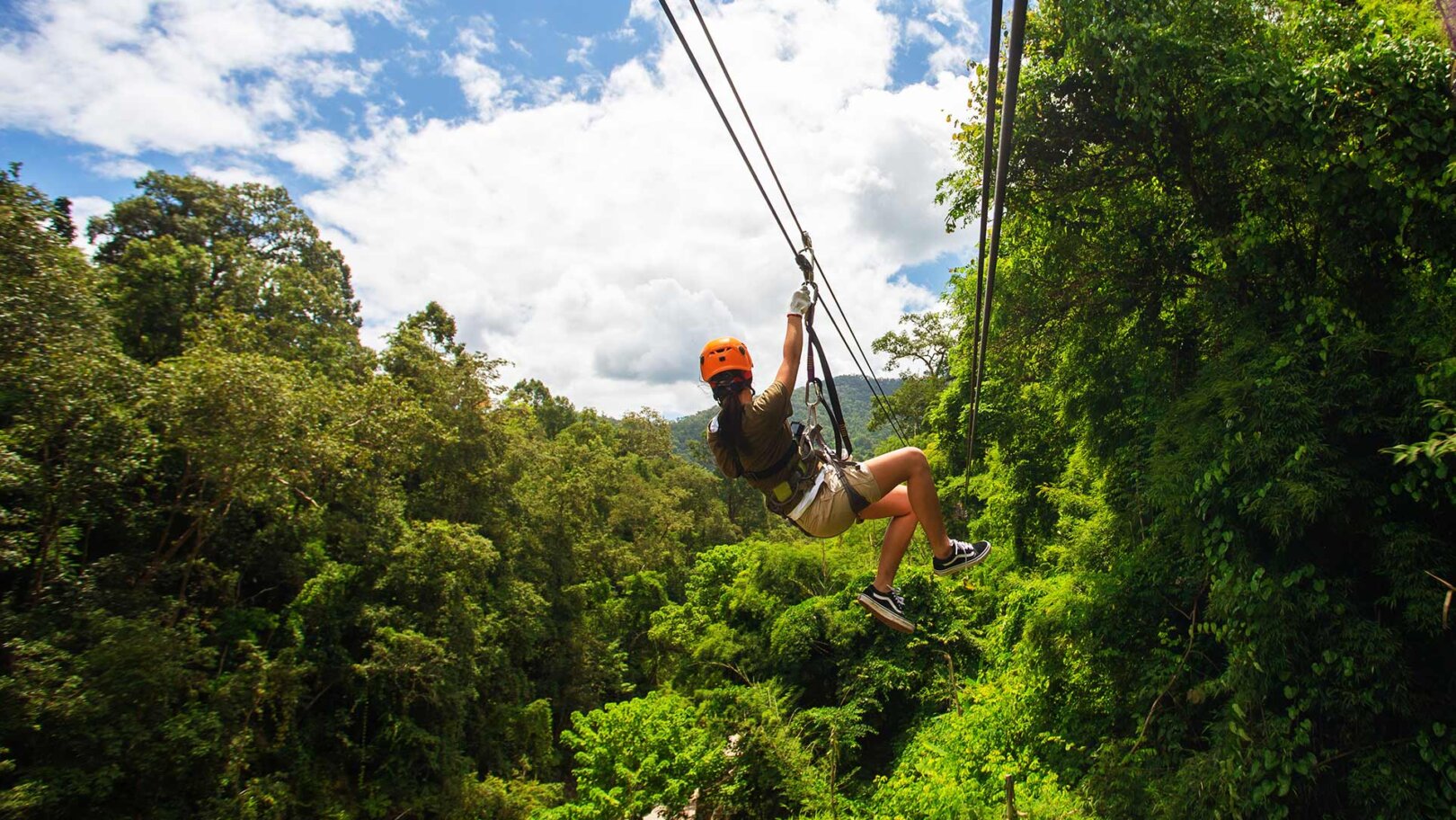
What to pack for solo travel in Kenya
Pack your ever-essential insurance and passport, plus credit/debit cards and cash. Currency is the Kenyan shilling, though US dollars are often accepted, and plug type is G (the same as the UK). You’ll need sunscreen and insect repellent, while contact lens wearers might prefer glasses in the often dusty environment. Stick to light, comfortable clothing with layers for cooler morning excursions. Consider neutral attire on safari, but avoid army-style camouflage clothing as it can be considered unlawful. Flashpackers should bring a soft bag over a suitcase, as vehicles often have limited luggage compartments. Don’t forget binoculars, camera and potentially extra memory cards for the glut of Insta-worthy sights.
Solo travel advice for Kenya
Whether glimpsing hippos in the Rift Valley’s highest lake or cycling the dramatic volcanic landscape of Hell’s Gate National Park while spotting giraffes and buffalo, solo travel in Kenya is forever thrilling. The country’s tourism is built on incredible safari experiences in national parks such as the Masai Mara, but there are also cosmopolitan cities, beach resorts and plenty for the active visitor, such as forest ziplines, mountain trekking and hot air ballooning. Group travel with Flash Pack means connecting with knowledgeable local guides and the security and fun of boutique solo travel with a small group.
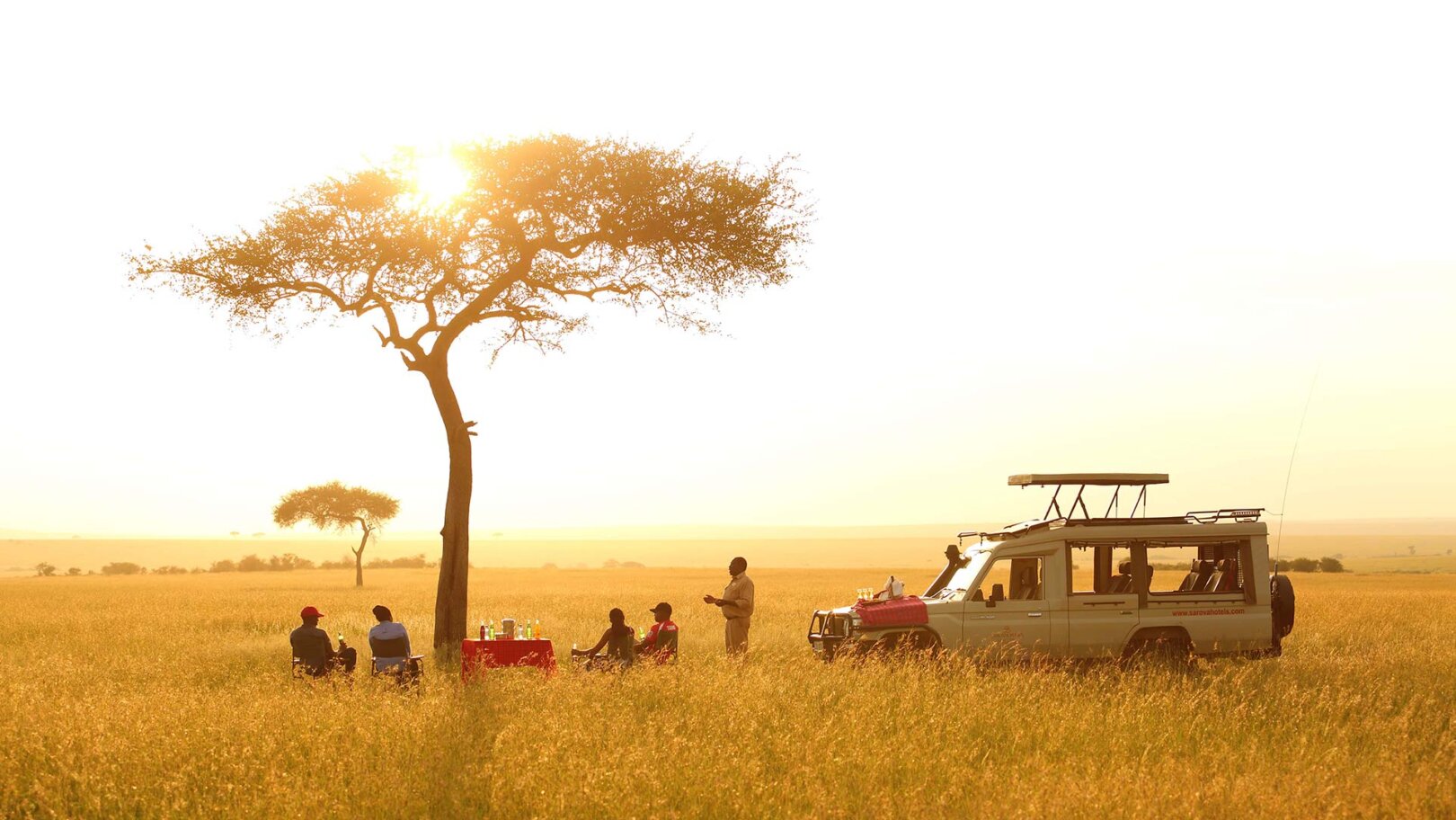
Is it safe to travel solo in Kenya?
No trip can be guaranteed trouble-free and it’s always advisable to check out the Foreign and Commonwealth Office (for UK solo travellers), the Department of State Travel Advisories (for US solo travellers), or your country’s local government guidelines for the latest advice before travelling.
Although Kenya is welcoming to tourists, it’s still possible for travellers to experience crime. Stay alert, especially in cities, and take sensible precautions such as not walking at night and using reputable transportation. Act sensibly around wild animals and follow your guide’s advice. On Flash Pack trips, you’ll have the constant support of your local Pack Leader, along with the security of organised group travel.
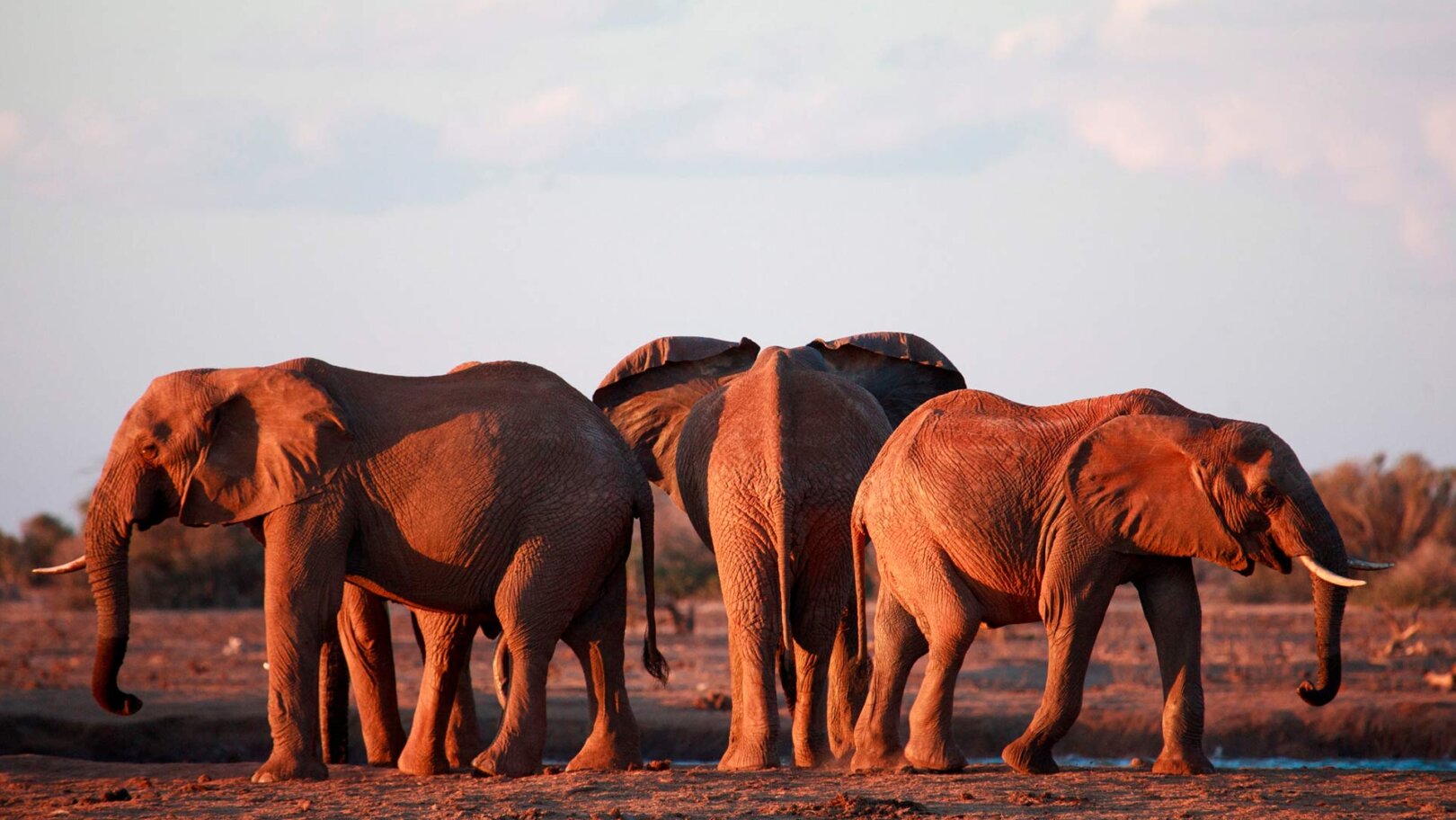
Ready for your next adventure? Try group solo travel to Kenya with Flash Pack – designed exclusively for people in their 30s and 40s, seeking the independence of solo travel within the safety of a group.
A cool 98% of Flashpackers arrive solo to join our group adventures. So, you’ll be in good company – whether you’re a first-time solo traveller or a seasoned pro looking for like-minded new friends.
Images: Unsplash, Flash Pack, Adobe
